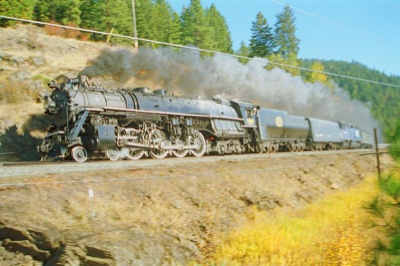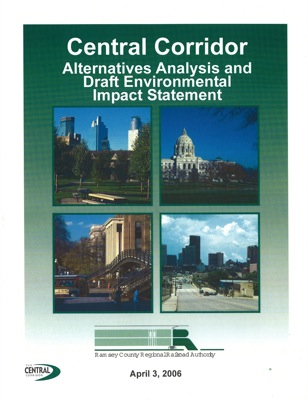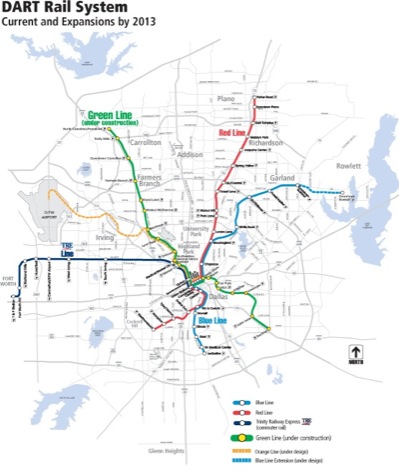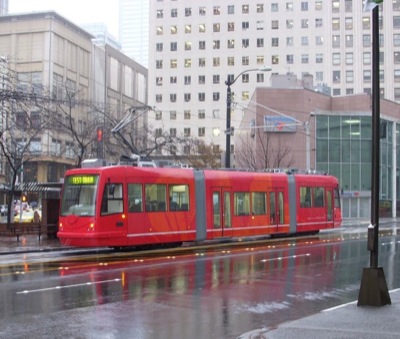Merry Christmas or whatever holiday you celebrate this time of year. If you like railroads, my Christmas present to you is some photos of my favorite trains.
One of the little ironies of the transportation debates is that many rail skeptics, such as the Reason Foundation’s Robert Poole, Wendell Cox, and myself, are actually rail nuts in our private lives, so today’s post will document the Antiplanner’s long-time obsession with passenger trains. Unless otherwise noted, all photos were taken by the Antiplanner. Click on any photo for a larger view.
Of the literally thousands of pre-digital photos I have taken of trains, this is my favorite. The SP&S 700, the nation’s second-most powerful operating steam locomotive, is rounding a corner near Hope, Idaho, on its way home from Billings, Montana in 2002.











